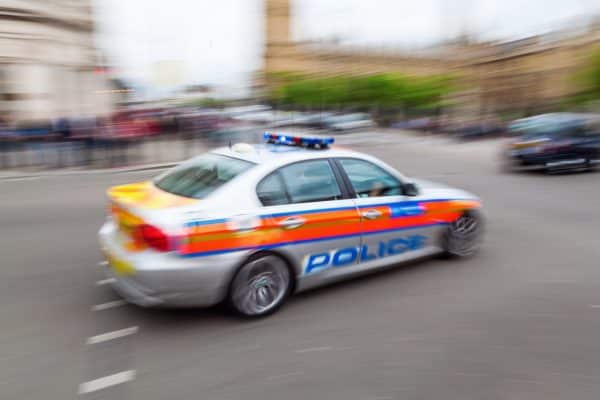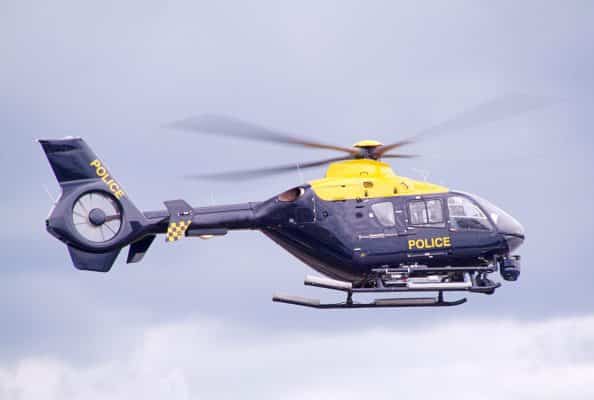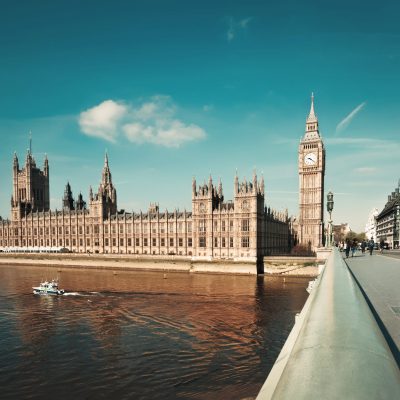In a perfect world, the police force wouldn’t need to exist at all. People would all get along, respect each other’s property, rights, beliefs, and bodies, and there would be no need for police. Unfortunately, we don’t live in paradise, and a police force is vital for keeping people safe and the country secure. For similar reasons, the UK needs an armed police force. While gun crime in the UK is lower than a lot of other countries, there’s still enough of it to warrant armed police units. Likewise, the ever-present threat of international and domestic terrorism means that sometimes an armed response is essential to keep people safe. This is why we have armed police UK forces.
Why the UK Has an Armed Police UK Force
The vast majority of police officers in the UK are unarmed. By this, we mean that they do not carry firearms. A lot of crimes can be solved and prevented without the use of weapons, and the police service does an excellent job overall. However, sometimes an armed response is necessary. This doesn’t mean that armed police charge onto a scene, guns blazing – sometimes having firearms officers on-site is just a precaution. While armed police officers get called to crime scenes quite frequently, they only have to discharge weapons on rare occasions.
In the cases where an armed police officer does fire a weapon, this might not necessarily result in death. Sometimes, officers will aim for parts of the body which will incapacitate or immobilise an attacker. However, there are times when these wounds result in death, or they need to shoot to kill in order to protect themselves or others.
When this happens, an investigation is opened into the incident. These officers are then represented legally, just in case Independent Police Complaints Commission deems that the shooting was unlawful. Sometimes, these investigations can lead to criminal allegations. This means that even armed police officers are held accountable for their decisions, which hopefully prevents them from resorting to shooting unless absolutely necessary.
Bear in mind that armed police officers do not want to shoot or kill people – they are volunteers who accept the huge responsibility of being able to end or protect lives. Armed police officers are volunteers who do a dangerous and stressful job.
The Different Armed Police UK Units
Now that we’ve discussed why the UK police force requires armed units, let’s take a look at these forces. Rather than having a single armed police force, the UK armed police is divided into different units – each catered to specific types of incident.
Police Firearms Unit (SCO19)
The armed police unit for the Metropolitan Police is SCO19. This is the main armed police unit in London, with over 500 members. The ‘SCO’ part of the title stands for “Specialist Crime and Operations”, indicating that the SCO19 is reserved for cases where an armed response is absolutely necessary. SCO19 contains ARV, CTSFO, and TST units – all of which will be discussed below.
Men and women are both welcome to join SCO19. The two main firearms used by SCO19 are the Heckler & Koch MP5 Carbine and the G36 Carbine. SCO19 also use Glock 17 handguns. SCO19 and the other armed police UK units are trained to use a wide range of other weapons, such as the M3 Super 90 shotgun and the X26 Taser.
Armed Response Vehicle Officers (ARV)
ARV units are responsible for getting an armed response to a crime scene or incident as quickly and safely as possible. ARV units drive BMWs – such as the 530d and the BMW X5 – which are fitted with high-tech GPS equipment so that they can find the best route to an incident. ARV units usually consist of three officers. These are:
• A driver;
• A communications specialist;
• A navigator.
ARV units also bring a range of equipment to the scene, including projectile launchers, riot shields, battering rams, and first aid kits.

Trojan Proactive Unit (TPU)
Unlike ARV units, who patrol or wait on standby until they need to respond to an incident, TPUs are responsible for patrolling in high-risk areas in an attempt to reduce the amount of crime being committed. TPU personnel are on secondment from ARV, which means that in order to be a member of the TPU you must join ARV.
Tactical Support Teams (TST)
So far, we’ve looked at responsive and proactive patrol arms of ARV. The ARV tend to respond to incidents as they happen, whilst TPU patrols crime hotspots. Tactical Support Teams are ARV units which usually partake in pre-planned operations. If you’ve heard about police raids in London, it’s quite possible that TSTs were involved.
In other cases, TSTs are deployed as armed reinforcements for other units. TSTs partake in covert and overt operations.
Specialist Rifle Officers (SRO)
SROs are trained marksmen. Rather than being deployed as part of a response, snipers are brought to the scene of pre-planned operations, such as armed raids on sites where illegal firearms are suspected to be held.
SROs do not work on their own. They are deployed in teams which overlook the site of an operation, providing marksman support if necessary. SROs are equipped with G3K semi-automatic rifles.
Counter Terrorist Specialist Firearms Officers (CTSFO)
As the name suggests, CTSFOs specialise in counter-terror operations. With the constant threat of terrorist attacks from home and abroad, a dedicated counter-terror team is necessary. Despite being specialist, CTSFO teams are flexible in where they provide support. From a geographical perspective, CTSFO teams operate nationally as well as in London. They partake in overt and covert operations, and can be called to support other police units on operations.
CTSFO teams consist of 1 Sergeant and 15 Constables. These teams are required to undertake more extensive training than other armed police UK units, since they need to be ready to respond to a wider range of incidents. Candidates must have already served as ARV officers before becoming CTSFOs.
Air Support Unit (ASU)
ASUs are responsible for giving SCO19 greater flexibility when dealing with incidents. These units allow for SCO19 to respond to incidents in places where tyres and feet can’t get to as easily. In addition, ASUs are used to get an eye in the sky, allowing command on the ground to get a better picture of an incident and respond as appropriate.
ASUs are in command of 3 EC-145 helicopters, and can be used for fast-rope operations, allowing SCO19 to respond quickly.

Marine Police Unit (MPU)
Sometimes, armed police need to respond to incidents which take place either in water or across the other side of the Thames. MPUs allow SCO19 to avoid bad traffic on the roads by taking to the river. MPUs operate Delta 1000TX inflatable boats.

Conclusion
Now you have an idea of all the armed police units that operate in London and on a national level. If you’re interested in becoming an armed police UK officer, you’ll first need to join the police force. Check out our expert guide how to become a police officer.

Hi
I’m currently serving in the British army and I was wondering how to go about joining up to become ctsfo. Or in fact any other armed response unit? I’m thinking of staying in army for two more years and am looking at options I could line up.
Thank you
I don’t know how to become a Armed Response Unit coming from the Army because I’m a rapid response sergeant . Mabye just go for an interview you would have the skills and experience
Can commonwealth join up or must I go through the whole process of citizenship first?